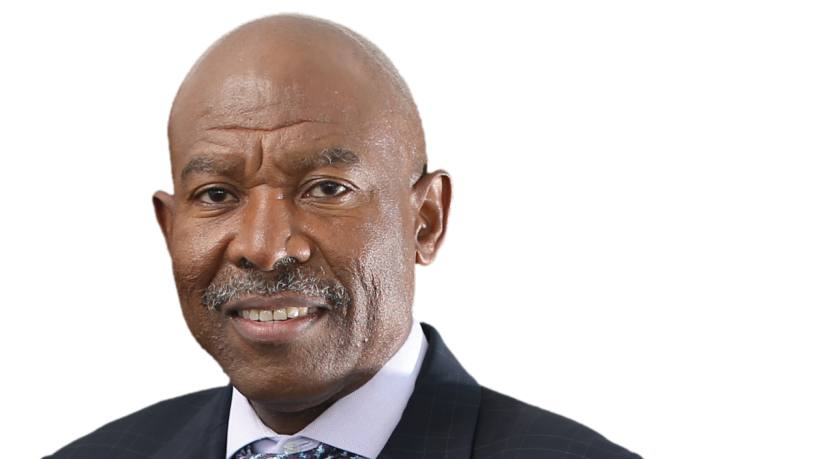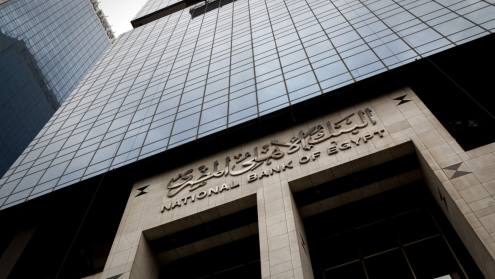Lesetja Kganyago, governor of the South African Reserve Bank, is in a difficult position. With economic growth expected to reach just 0.8% in 2016, the country’s economy is reeling from a potent mix of domestic and external challenges – all while inflation is on the rise. In February, the South African consumer price inflation (CPI) index was at 7%, its highest level in more six years and beyond the central bank’s target range of between 3% and 6%. Faced with this dilemma, the Reserve Bank’s monetary policy committee has opted to increase interest rates twice since the start of the year.
“The South African Reserve Bank maintains that price stability, with the aim of achieving long-term sustainable economic growth, remains its primary mandate,” says Mr Kganyago. “The monetary policy committee is particularly conscious of the potential risks associated with the second-round inflationary effects emanating from so-called short-term supply-side shocks, [including] food and the exchange rate.”
Interest peaked?
In January, the Reserve Bank hiked interest rates by 50 basis points to 6.75% before a further increase in March pushed the benchmark rate to 7%. These decisions were widely praised by analysts inside South Africa and beyond. By sticking to its core mandate, the Reserve Bank sent a timely reminder to investors that its reputation for independence and credibility is well deserved.
For now, the Reserve Bank’s projections around headline CPI are lower than earlier estimates. It expects annual inflation to average 6.6% in 2016 and 6.4% in 2017, down from previous estimates of 6.8% and 7%, respectively.
“The lower oil price and reduced global economic activity have contributed to a more benign foreign inflation outlook. This has largely helped lessen inflationary pressures emanating from the foreign sector over the next two years,” says Mr Kganyago. “Although the latest results show acceleration in domestic food prices in 2016, global food prices denominated in US dollars have also been declining annually since 2012.”
Dry season
Closer to home, devastating drought continues to hit the South African economy hard. Maize production has diminished from 14 million tonnes in 2014 to an expected 7 million tonnes in 2016, and deteriorating environmental conditions could be a complicating factor for the country’s inflation outlook as well as the volatility of the rand.
“With domestic consumption at about 10 million tonnes, further deterioration in conditions would mean that maize would need to be imported at the significantly higher market price. This would exert further pressure on the country’s imports and the balance of payments, which could negatively affect the exchange rate of the rand,” says Mr Kganyago.
South Africa’s near-term economic outlook also remains challenging. The Reserve Bank has downgraded its growth forecast for 2016 and 2017 to 0.8% and 1.4%, respectively. But a renewed focus on fiscal consolidation, outlined in the 2016 budget, will see government debt levels, currently close to 50% of gross domestic product, begin to diminish in the coming years. Mr Kganyago believes that this should help to attract risk-averse foreign investors to South Africa despite the supply side constraints the country is facing.
Meanwhile, strict oversight of the country’s banking sector and the promotion of financial stability will be important factors in the country's economic recovery. Despite the challenging environment, Mr Kganyago expects South Africa’s banks to weather the storm. As a whole, its banking sector’s non-performing loan ratio has fallen in recent years and by the end of 2015 was close to 3%.
“The health of the South African banking sector and efforts to ensure and maintain financial stability remain challenging during the recent periods of global financial market volatility and risk aversion,” says Mr Kganyago. “This has been accentuated by persistent downward revisions to both global and domestic growth prospects. On the whole, South African banks remain resilient to potential growth constraints and should be able to endure a prolonged period of low economic activity.”












